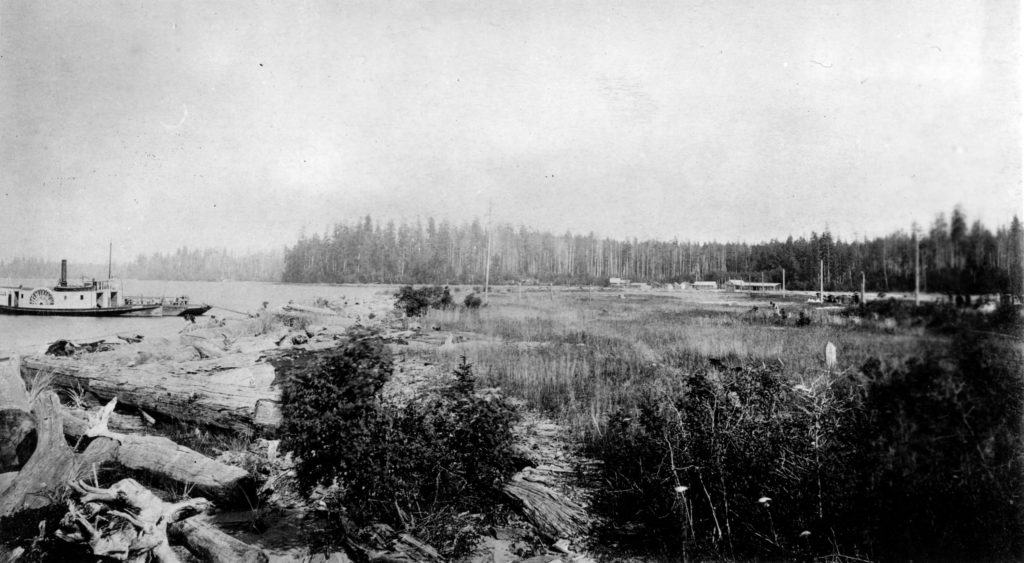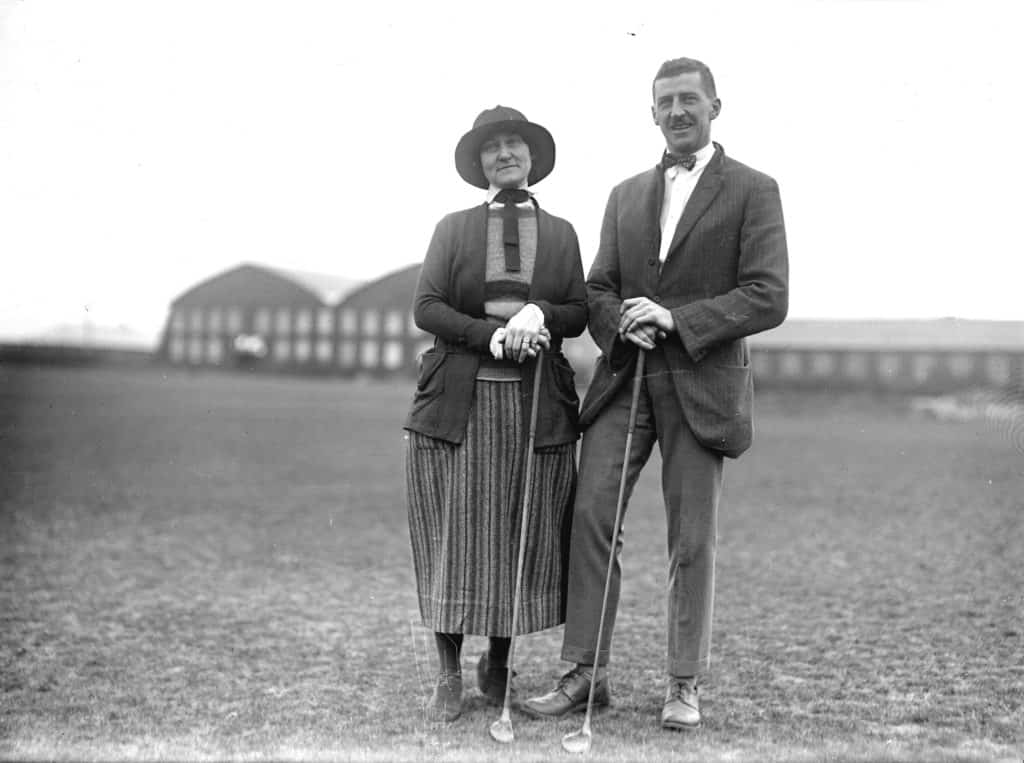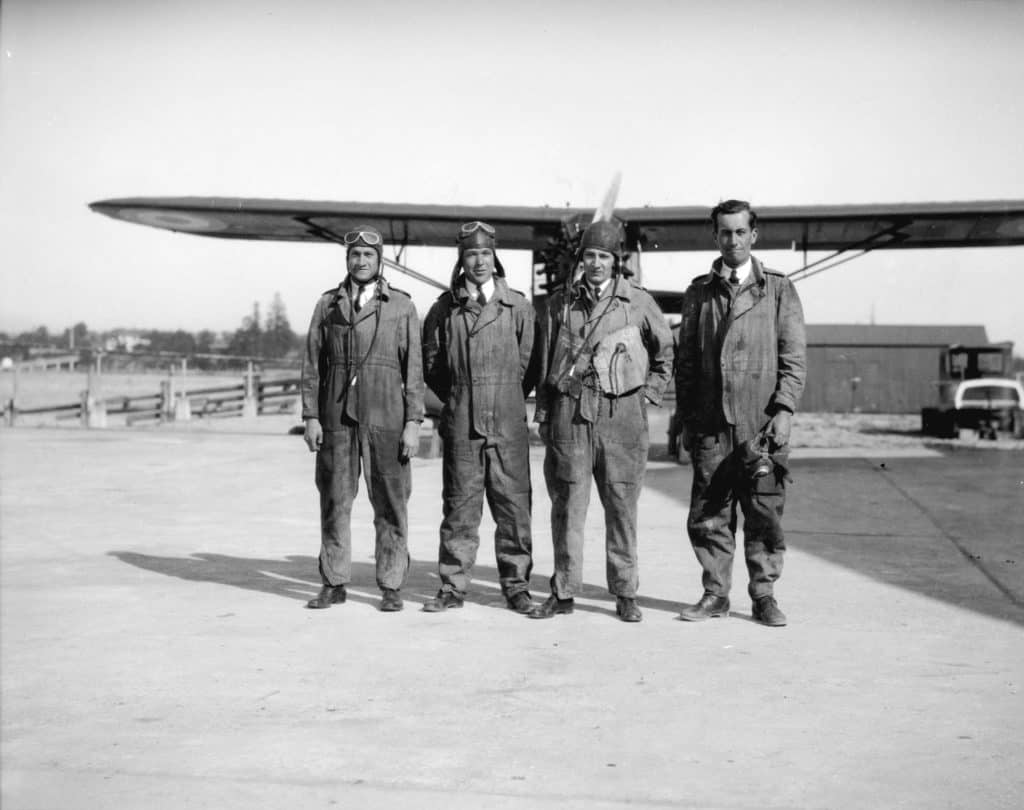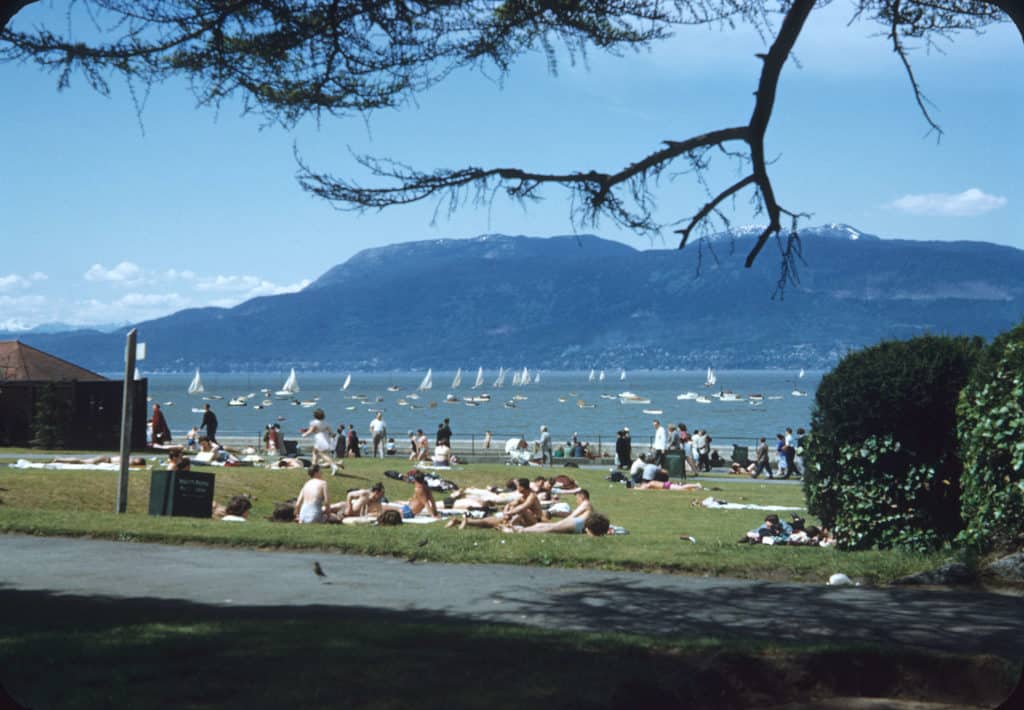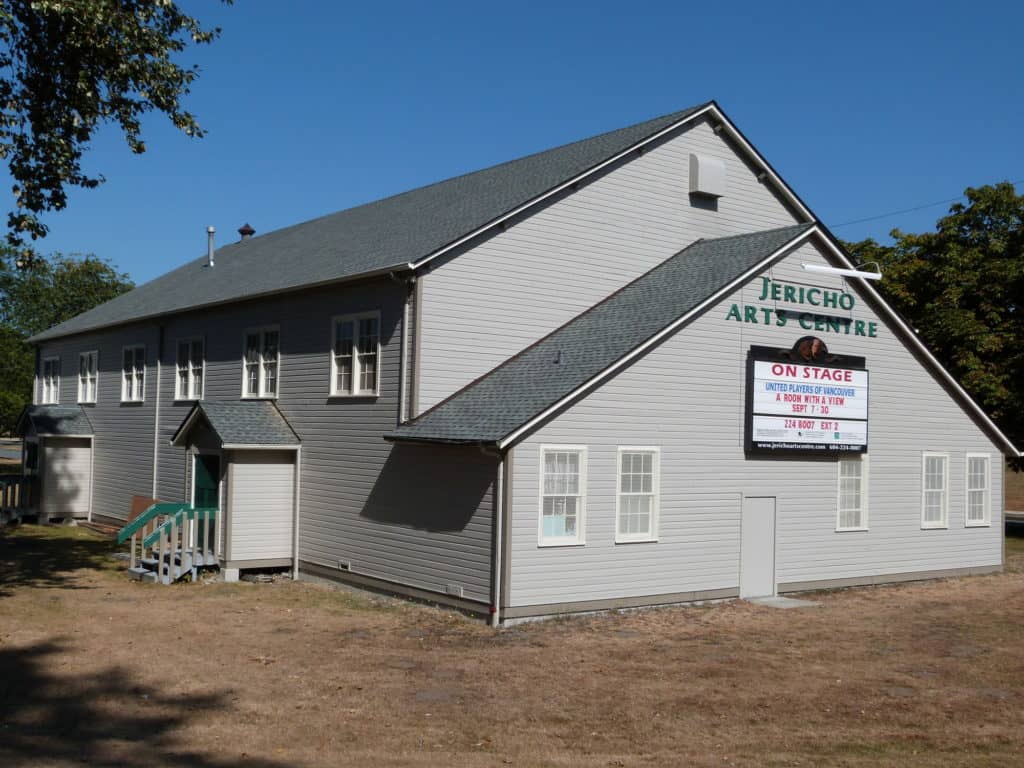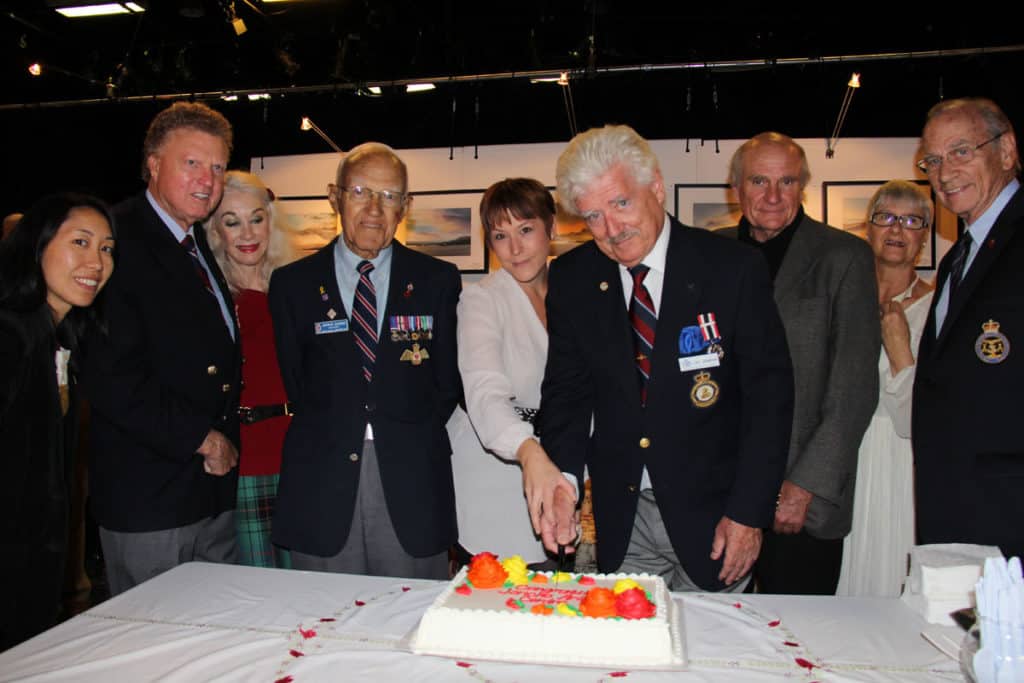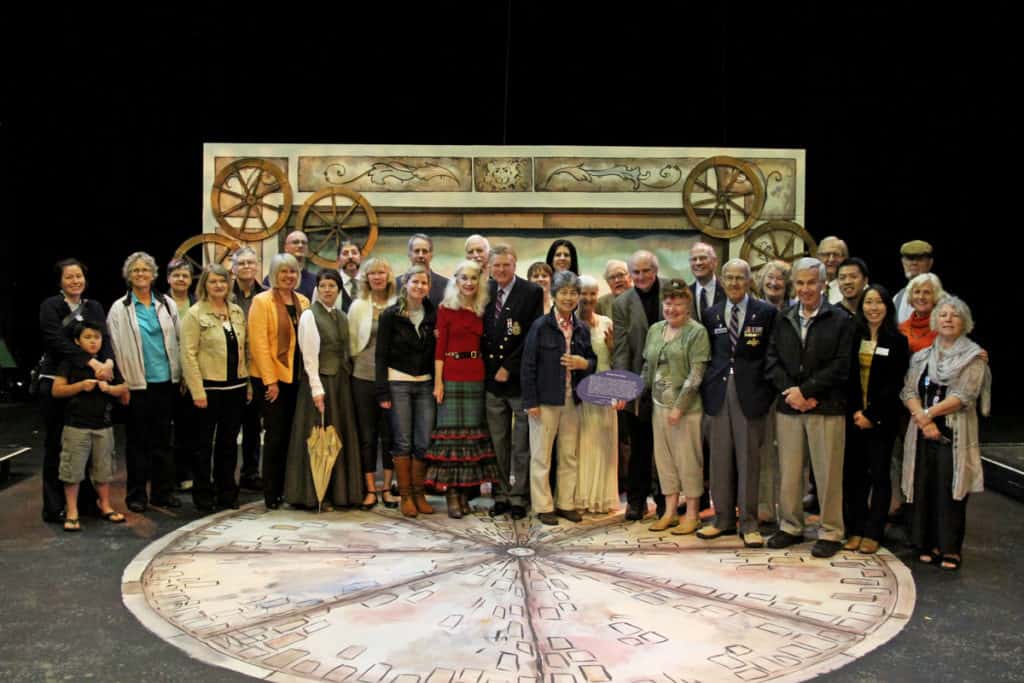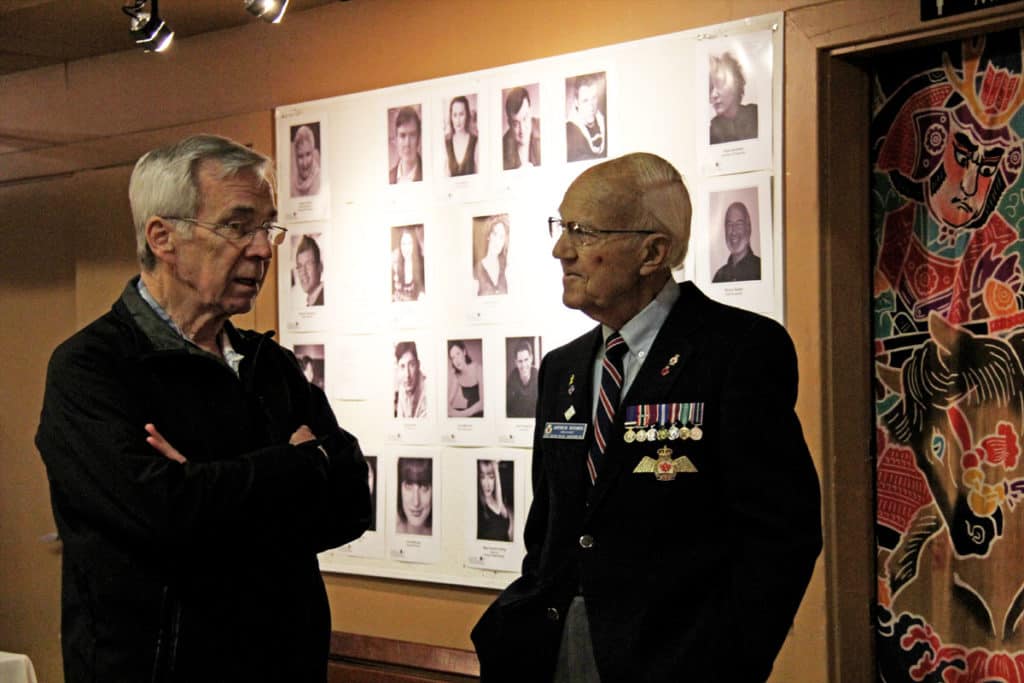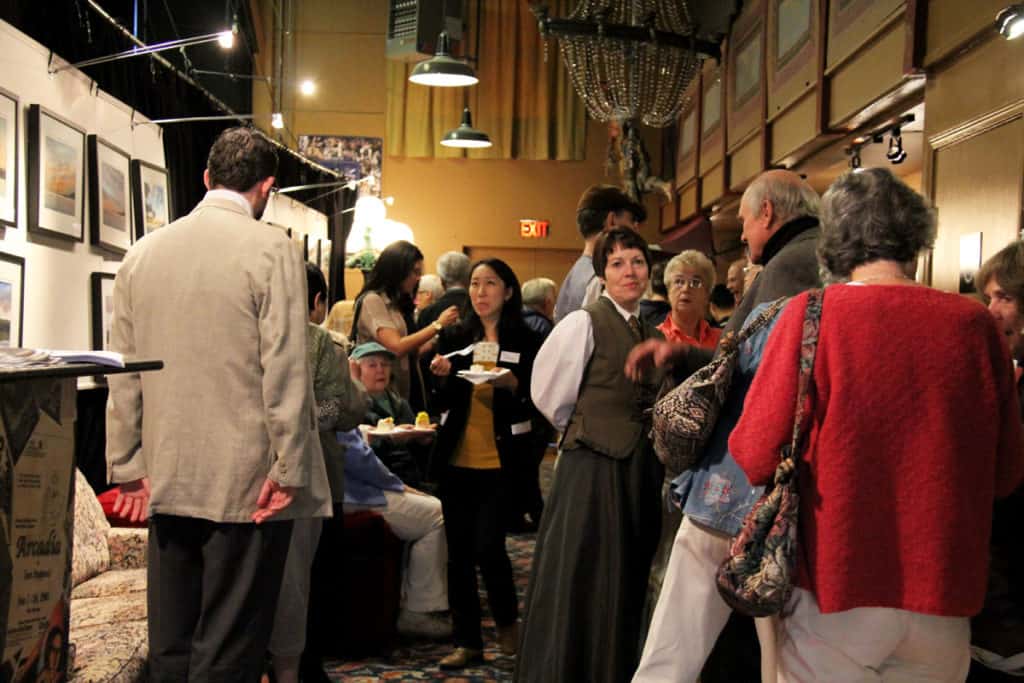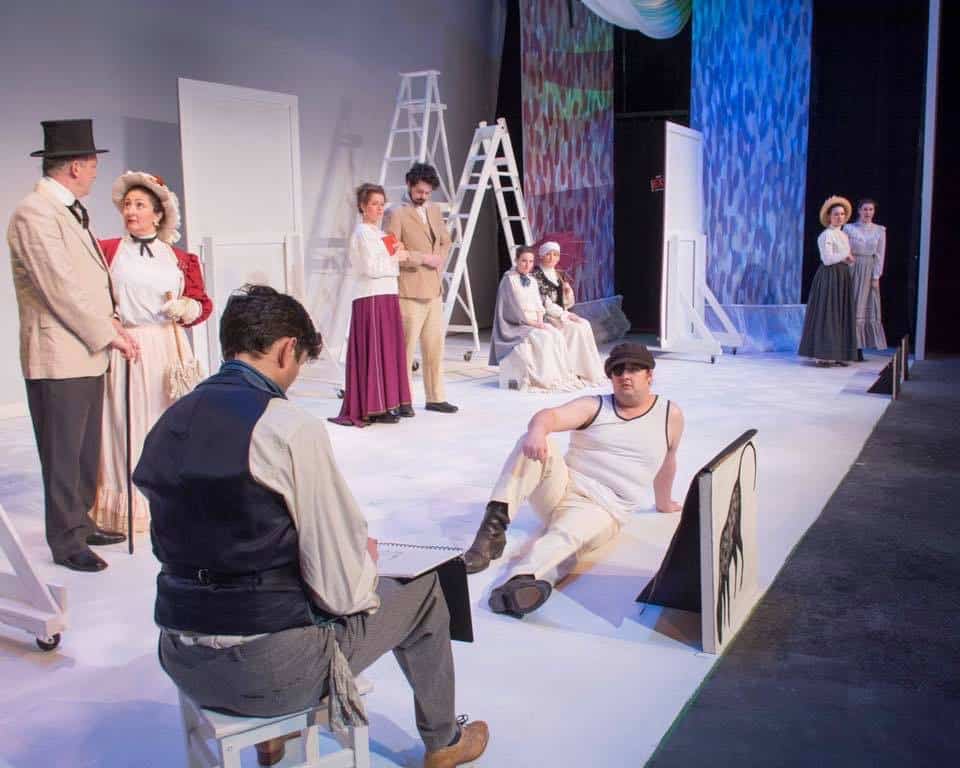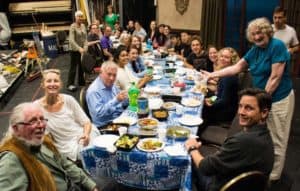Early History of the Site
On a sandy clearing near what is now Locarno Beach, just west of Jericho, Musqueam people lived in an ancient village known as Ee’yullmough, indicating a supply of “good spring water.” In the 1860s, Jericho Beach became the site of a logging operation owned by Jeremiah Rogers. His company, “Jerry & Co.” became one of the most successful contract loggers for Hastings Mill, the old-growth wood producing some of the finest lumber in B.C. Jericho is thought to be an amalgamation of the company name, or of “Jerry’s Cove.”
History of the Military Reserve
The Royal Navy survey of Burrard Inlet in 1859 identified two major military reserves: the peninsula that became Stanley Park, and the land between the Kitsilano bluff and the Point Grey headland. Jericho Park became a seaplane base and military centre in 1920 when the Air Board (the predecessor to the Royal Canadian Air Force est. 1924), established a presence there. Four Curtiss HS-2L flying boats began operations from the beach in 1921, and permanent hangars were built the following year. The Jericho Air Station became the headquarters of Number One Operations Squadron, formed in 1925, and Number Four Operations Squadron, formed in 1933. The flying boats were routinely used to chase rum-runners, head off illegal immigrants, and map the coastlines. In 1936, the Jericho base became Western Air Command, and its crews spent the war years patrolling the coast looking for enemy submarines.
The military establishment expanded during WWII into Pacific Command, taking over the adjoining Jericho Golf Course and using the nearby Victor Spencer home (now the Aberthau Community Centre) at 4397 West 2nd Avenue, as an officer’s mess. The military presence continued into the 21st century at the Jericho Garrison of the Canadian Army, on the south side of 4th Avenue west of Highbury Street, long after the old air base had become a park.
Surviving Military Buildings
The city worked from 1948 – 1973 to assemble the land into a park, which became the site of the 1976 Habitat Forum, and two years later, the location for the ongoing Vancouver Folk Music Fest. A few surviving military structures remain: the army barracks were converted into the Jericho Youth Hostel, the base became the Jericho Sailing Centre and the military gym is now home to the Jericho Arts Centre.
The Jericho Arts Centre Building
The Jericho Arts Centre Building was erected during WWII as the RCAF Recreation Hall, and regularly used as a dance hall for the officers and their guests.
“Imagine if you will the weekly dances right here – 70 years ago, when airmen from the nearby barracks (located just across the rugby field where the forest has reclaimed the land) met with the women’s division of the RCAF, along with young civilian women from the city. They danced the night away, likely to the music of ‘Mart Kenny and his Western Gentlemen’ probably ending the evening of dancing to Kenney’s famous tune ‘The West, a Nest and You Dear.’… Civilian orchestras were not the only attraction of course. The RCAF had a lot of talented musicians (it still does) and I’m sure that dances were held with pick up bands from the Jericho Base. Those were the happy times during the dark days of war… After so many years the activity within remains the same: happy, festive, peaceful and creative. The Jericho Arts Centre is a marvelous example of restorative re-use.” – Cameron Cathcart, Chair, Vancouver Remembrance Day Committee
What’s happening at the Jericho Arts Centre Today?
The Jericho Arts Centre (JAC) was commissioned by the Parks Board in 1993 to expand access to the arts for the local community. It is a 135-seat performance venue operated by the Friends of Jericho Arts Centre Society (FoJACS), a non- profit society made up of the users and volunteers. The Resident Theatre Company is United Players of Vancouver and guest companies include Fighting Chance Productions and Ensemble Theatre Co-operative. Performance time not used by these Companies is made available to the community by application and visual artists are invited to display their work in the lobby.
“To have a resident theatre company that constantly upgrades the equipment and maintains the assets in this little gem – also curating art shows in the lobby – ensures JAC’s long and purposeful life of service to the community will continue, and, most significantly, a piece of our city’s vulnerable wooden history will survive,” says Fran Burnside, a member of United Players. “We like to call JAC ‘The Little Theatre that Could.’ Long may it continue!”
Sources
- Michael Kluckner. Vancouver The Way It Was. Whitecap Books, 1984. p. 178 & 232.
- Michael Kluckner. Vancouver Remembered. Whitecap Books, 2011. pp. 188-90.
Nearby Places That Matter



